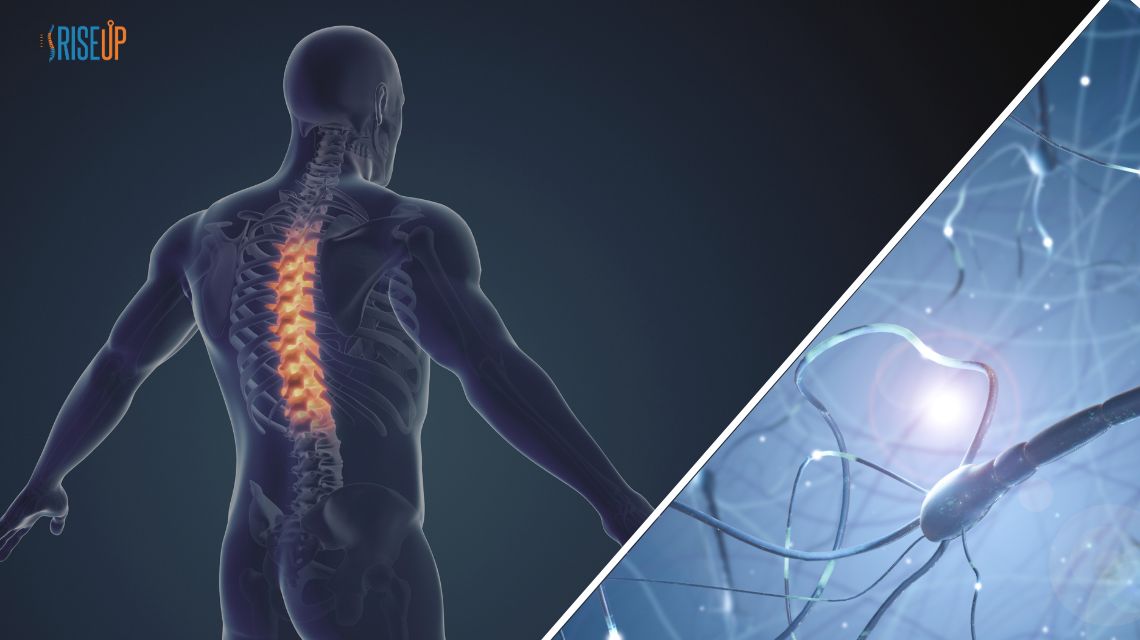Italian National Agency for New Technologies, Energy and Sustainable Economic Development

Health: Electrified device for regenerating injured spinal cord
A biocompatible and completely flexible electrified device (scaffold), capable of guiding the regeneration of the injured spinal cord thanks to an innovative electrode is what the European project RISEUP[1] has developed. This project, coordinated by ENEA, brings together Italian (Sapienza University of Rome and Rise Technology srl), Spanish (Polytechnic University of Valencia - UPV and Prince Felipe Research Center - CIPF), and French (National Center for Scientific Research - CNRS) partners with the aim of developing an innovative treatment to regenerate the spinal cord injuries based on stem cell transplantation and their differentiation into neurons through ultra-short electric pulses.
"There are currently no effective treatments to repair spinal cord injuries that cause paralysis and permanent disabilities; however, research on stem cells has opened up new perspectives and is constantly evolving to improve their use for the regeneration of damaged nervous tissue" emphasizes project coordinator Claudia Consales, ENEA researcher of the Division Health Protection Technologies (SSPT-TECS).
The electrified scaffold created by the RISEUP team is a structure that adapts to the curvature of the spinal cord thanks to the use of a porous conductive metal that allows maintaining electrical conductivity even when the electrode is bent or deformed. This new technology could revolutionize the biomedical equipment sector. Its flexibility and ability to release currents at different intensities and durations make this device particularly suitable for uses that require high precision and adaptability, such as the treatment of neurological pathologies (where electrical stimulation has been shown to be effective), pain control, or monitoring of the body's bioelectrical signals.
Currently, experiments are underway to test the scaffold both on stem cells grown in vitro and in an in vivo model of spinal cord injury, with results that appear encouraging thanks to the extremely multidisciplinary approach of the involved partners. ENEA, in addition to coordinating the project, is responsible for analyzing the potential anti-inflammatory effects of electrical stimulation. The consortium's other partners each bring their specialized expertise: CNRS investigates the biological effects of electrical stimulation on stem cells, UPV handles biomaterials production, Sapienza's Bio-Electromagnetic laboratory focuses on dosimetry and micro-dosimetry of electromagnetic fields generated by the stimulation, CIPF concentrates on spinal cord injury research, and Rise Technology is in charge of microelectronics fabrication.
"A noteworthy feature of RISEUP is the high participation of young female researchers in training, demonstrating how female interest in the deep tech sector is increasingly becoming a reality," concludes Consales.
